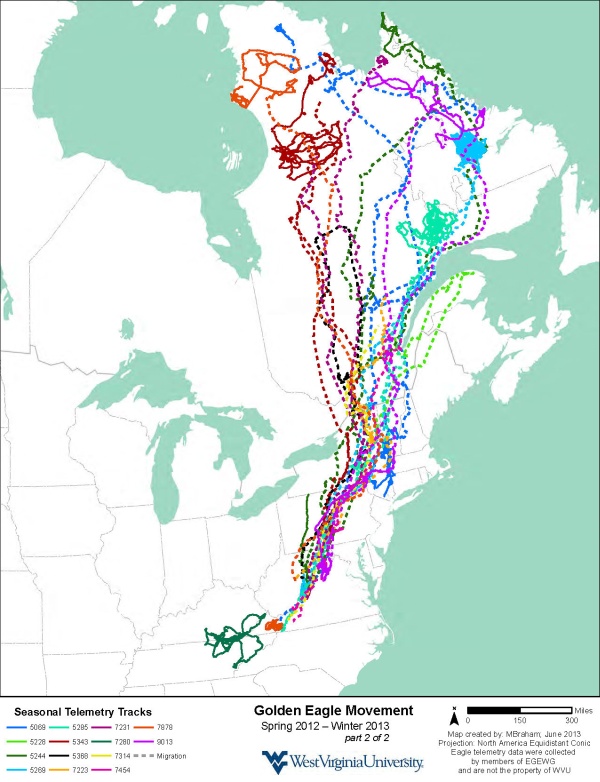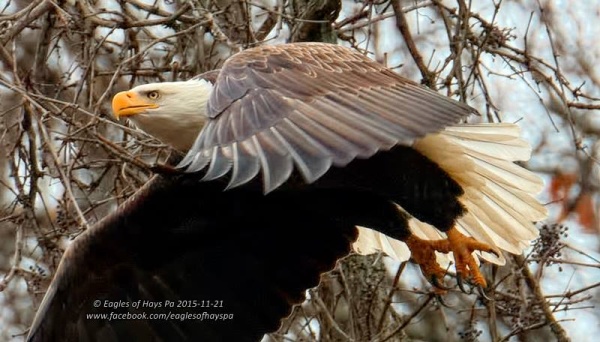During the snowy owl irruption two years ago, John Dunstan recorded this video of a raven and a snowy owl having a conversation.
The raven says many things. The snowy owl is unimpressed.
Notice at 1:20 in the video that the top of the raven’s head seems to grow “ears.” This dominance gesture means “I’m big! Watch out!” The owl doesn’t care and reaches over to peck the raven at 1:44. The raven’s ears go down … but up again at 2:09. What’s going on?
John Dunstan asked raven expert Bernd Heinrich, author of The Mind of the Raven, for an explanation and put Heinrich’s reply in the video description:
Naturalist Bernd Heinrich, author of “The Mind of the Raven”, was nice enough to provide this description.
Hi John,
The first thing to notice is that the owl is TOTALLY unimpressed. It’s not scared in the least, and the raven has no aggressive intentions, but starts out being just curious – like: “what the hell is This!” So it tests – tries to get a reaction. But the owl still stays totally nonchalant. At some point the raven then tries a different tactic – it puts on its “I’m a big guy” display of erect “ear” feathers – usually used to show status in the presence of potential superiors, but here used also with a bowing and wing-flaring, which is used in supplication if there is NOT going to be a challenge – so, yes, I think the raven was having fun, and then also starting to have some respect, because this big white thing was NOT going to cooperate and be its toy.
Bernd
The comments on the video are priceless! Click here to see the video on YouTube and read the comments.
(video by John Dunstan on YouTube)








